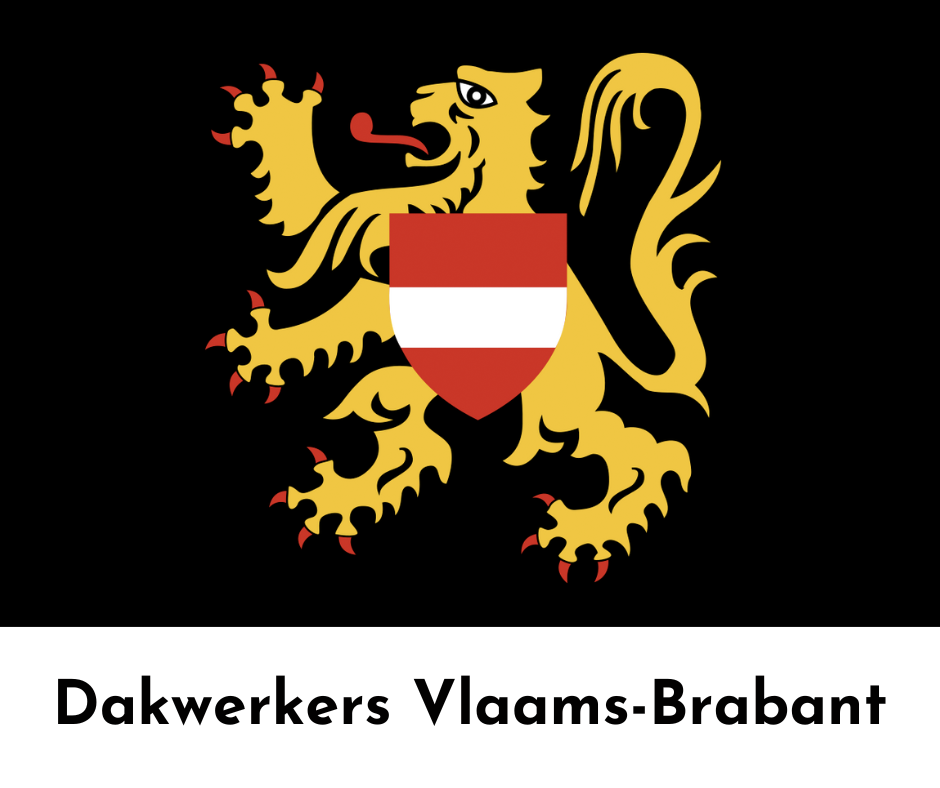Introduction
In an ever-evolving world, technology continues to reshape industries, and roofing is no exception. The roof over our heads, once a mere protective barrier against the elements, is becoming increasingly sophisticated. Innovations in materials, techniques, and digital tools are paving the way for a new era in roofing. In this article, we’ll explore “The Future of Roofing Technology: Trends to Watch”, diving deep into advancements that promise not only to enhance functionality but also to improve sustainability and aesthetics.
The Future of Roofing Technology: Trends to Watch
As we look ahead to the future of roofing technology, it’s essential to recognize the ongoing trends that are likely to shape the industry. From smart roofs equipped with sensors to eco-friendly materials that minimize environmental impact, here’s what you need to know.
1. Smart Roofing Systems
What if your roof could communicate with you? Modern technology allows for the integration of sensors that monitor weather conditions, detect leaks, and even assess structural integrity. This capability transforms roofing from a passive structure into an active participant in home maintenance.
1.1 IoT Integration in Roofing
The Internet of Things (IoT) is revolutionizing how we interact with our homes. Smart roofs can notify homeowners about potential issues before they escalate into costly repairs.
- Temperature Sensors: These can help manage heating and cooling efficiency. Moisture Detectors: They alert homeowners when leaks or moisture build-up occurs.
1.2 Remote Monitoring
With smartphones and apps at our disposal, monitoring your roof’s condition has never been easier. Homeowners can receive alerts directly on their devices, ensuring timely interventions.
2. Sustainable Roofing Materials
Sustainability is more than just a buzzword; it’s a necessity in today’s environmentally conscious society. Roofs made from eco-friendly materials are gaining traction.
2.1 Recyclable Materials
Many new roofing products are designed for easy recycling at the end of their lifecycle. Materials like metal and certain types of plastic shingles reduce landfill waste significantly.
2.2 Green Roofs
Green roofs—roofs covered with vegetation—are not just aesthetically pleasing; they offer insulation benefits and help manage stormwater runoff effectively.
3. Advanced Solar Technology
Solar energy continues its ascent as one of the most viable renewable energy sources available today.
3.1 Solar Shingles vs Solar Panels
While traditional solar panels ewr1.vultrobjects.com have long been popular, solar shingles present an attractive alternative that blends seamlessly with conventional roofing materials.
- Aesthetics: They provide a more integrated look. Efficiency: Many are now designed for optimal energy capture without compromising style.
3.2 Energy Storage Solutions
With advancements in battery technology, homeowners can store excess energy generated during sunny days for nighttime use or cloudy weather.
4. Automated Installation Techniques
Gone are the days of labor-intensive roofing installations! Automation is streamlining processes and improving safety on-site.
4.1 Drones in Roofing Inspections
Drones equipped with high-resolution cameras allow for quick inspections without scaffolding or ladders—speeding up assessments while enhancing safety protocols.
4.2 Robotic Installation Systems
Emerging robotic technologies enable faster installation processes while minimizing human error on complex tasks like shingle placement.

5. Enhanced Durability Through Innovation
Modern roofing systems are being engineered for longevity through innovative material science developments.
5.1 Impact-Resistant Materials
New coatings and composite materials can withstand hail damage better than traditional options—offering peace of mind during severe weather events.
5.2 Fire-Resistant Technologies
As wildfires become more frequent in many regions, fire-resistant roofing materials are gaining importance among homeowners seeking protection from natural disasters.
6. Building Information Modeling (BIM)
BIM has revolutionized construction planning by allowing architects and builders to visualize designs before breaking ground—and it's making waves in the roofing sector too!
6.1 3D Modeling for Accurate Planning
Using 3D modeling software helps prevent costly mistakes by ensuring all components fit together seamlessly before work begins on-site.
6.2 Improved Collaboration Between Stakeholders
BIM fosters collaboration among various trades involved in roofing projects—leading to enhanced communication and fewer delays down the line.
FAQs
Q: What makes smart roofs advantageous?
A: Smart roofs integrate sensors that provide real-time information about their condition, helping homeowners detect issues early on and save money on repairs.
Q: Are green roofs practical?
A: Yes! Green roofs offer numerous benefits such as improved insulation, stormwater management, and increased biodiversity while enhancing property value.
Q: How do solar shingles differ from traditional panels?
A: Solar shingles serve both as traditional roofing material and energy generators, providing aesthetic appeal without sacrificing functionality compared to bulky solar panels.
Q: What role do drones play in modern roofing?
A: Drones simplify roof inspections by capturing high-resolution images safely and quickly—allowing contractors to assess conditions without needing scaffolding or ladders.
Q: Can I install a green roof myself?
A: While some DIY enthusiasts may attempt it, professional installation is recommended due to complexities such as waterproofing layers and drainage systems required for effective green roofs.
Q: What does BIM stand for?
A: BIM stands for Building Information Modeling—a digital representation tool that improves project visualization and collaboration across different construction stakeholders.
Conclusion
The future of roofing technology presents an exciting landscape filled with opportunities for innovation and improvement—offering solutions that benefit both homeowners and professionals alike! As we continue navigating these trends—from smart systems to sustainable materials—the possibilities seem endless! By staying informed about these advancements in the industry through articles like “The Future of Roofing Technology: Trends to Watch,” you'll be better equipped to make informed decisions regarding your home's most crucial structure—the roof above you!
In summary, whether you're a homeowner contemplating upgrades or a contractor looking out for what's next in your trade, understanding these trends will set you apart in this dynamic field! So let's keep our eyes peeled because what's coming down the pipeline promises not just enhancements but transformations that'll redefine how we think about roofs altogether!